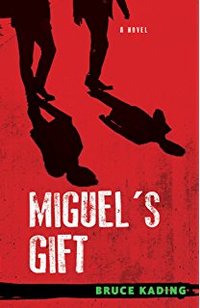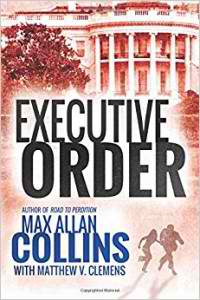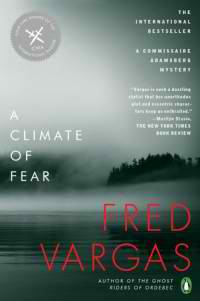Hap and Leonard: Blood and Lemonade by Joe R. Lansdale
 Friday, April 14, 2017 at 10:18AM
Friday, April 14, 2017 at 10:18AM 
Published by Tachyon Publications on March 14, 2017
Hap and Leonard: Blood and Lemonade is a collection of stories about Hap Collins when he was young and his developing friendship with Leonard Pine. Most of the stories appear here for the first time, although one of the most powerful, a story about bullying and abusive parenting called “The Boy Who Became Invisible,” was published in 2009. The stories are woven together with an overlaid narrative that consists of Hap and Leonard telling stories to each other or to Hap’s family.
After Hap and Leonard discuss the problem with modern schools (they don’t allow self-defense and thus teach kids to be victims), illustrated by a story from Hap’s school days, we learn how Hap and Leonard met. Naturally, it involves a fight. This is followed by the story of the first time they fought together (a story that appears in a volume of Hap and Leonard stories by the same publisher).
Some of the other stories are light, some are dark, most are a mix. Some tell about Hap’s family and the town where he grew up. Some are about crimes he witnessed, or their aftermath. One is a ghost story his daddy told him. One is a story about snakes and what they teach us about people. Leonard appears in some, but not all, of the stories. This is a Hap-centric volume.
The best stories are about tolerance, an American value that has always been in short supply in much of America. The title story, “Blood and Lemonade,” is about perceptions of race in Texas during Hap’s childhood. As Leonard says at a couple of different points in the book, things have changed, but not enough. The story teaches a profound lesson about taking the good with the bad, and not allowing the bad to taint the good.
All of the stories are solid contributions to Hap and Leonard lore, but they are also solid stories of the kind that Joe Lansdale does so well.
RECOMMENDED



